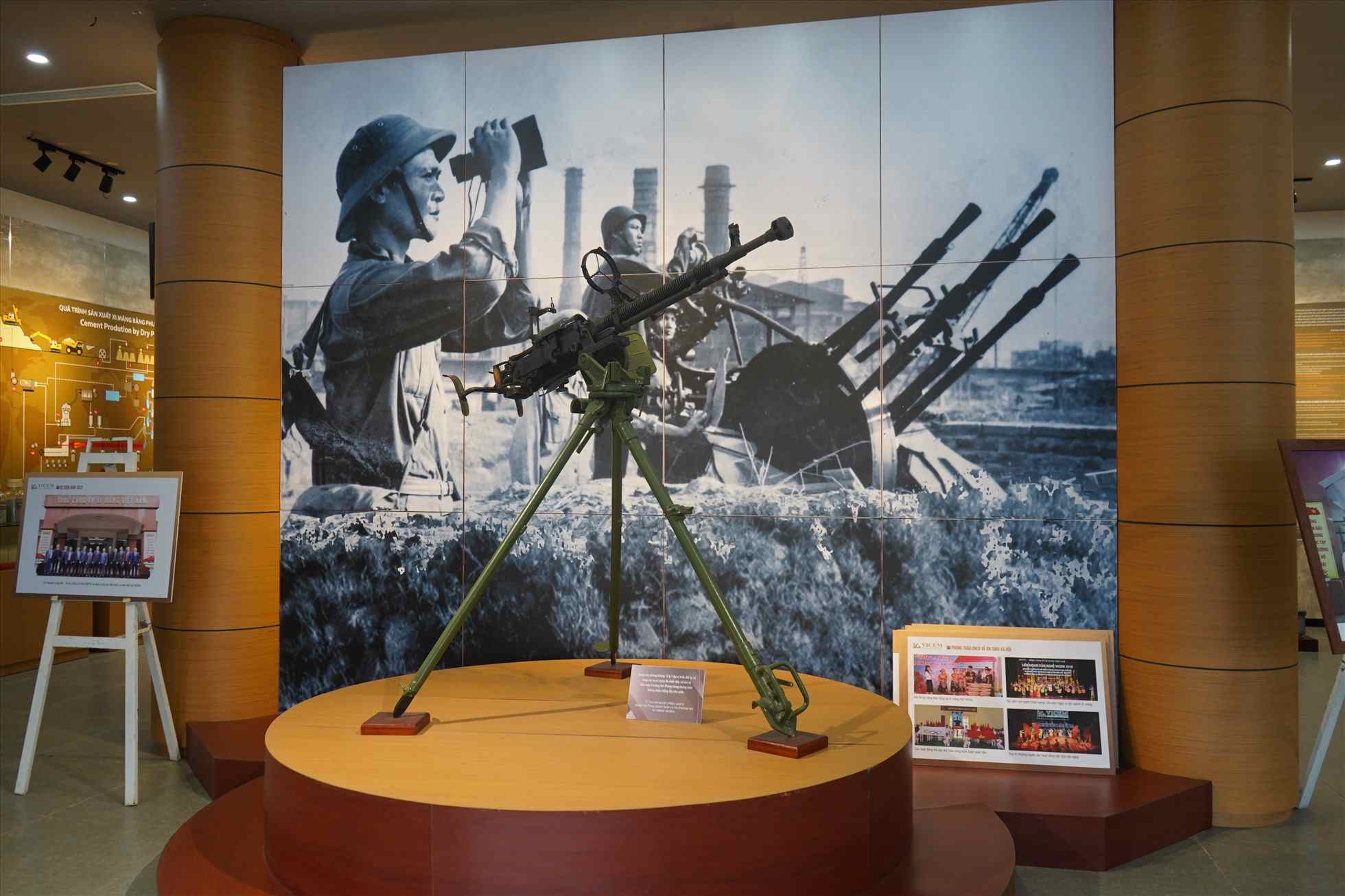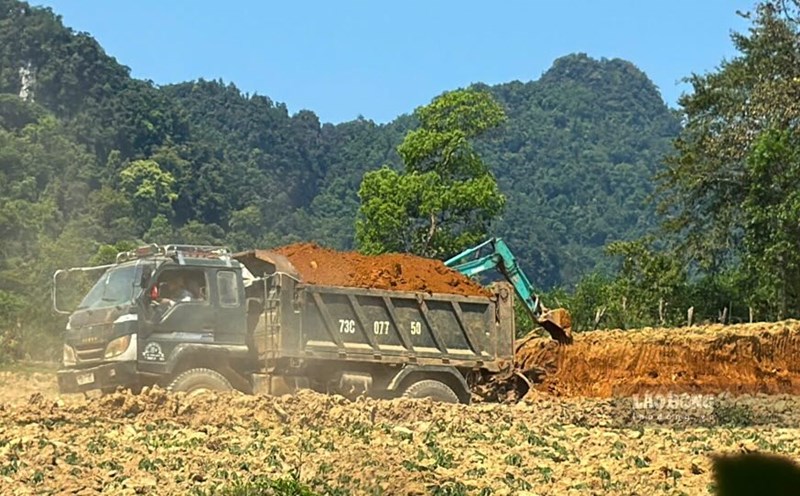According to the history of the workers' movement and the Hai Phong Trade Union (Hai Phong City Party history), the team of Hai Phong workers was formed very early, attaching the process of urbanization, construction of ports and capital investment of French colonialists. Hai Phong became one of the "cradles" of the Vietnamese working class.
The first generation of workers in Hai Phong Port formed in 1874 when the French colonialists began building the first ports in Hai Phong. Hai Phong Port was then also known asven wore Port.
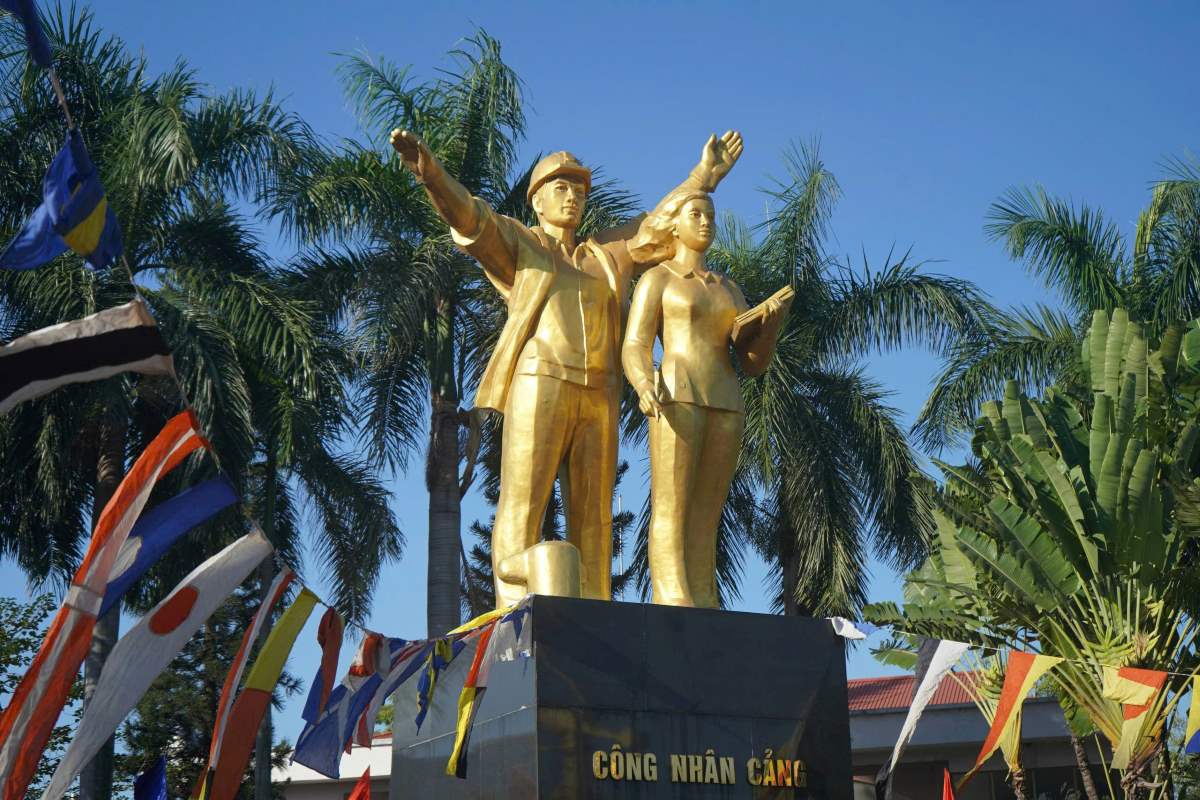
In June 1929, "Dong Duong Communist Party" was officially established. Immediately after that, the Indochina Communist Party Committee of Hai Phong was established. In August 1929, the Provisional Party Committee of the Hai Phong Party Committee was appointed by a superior, with comrade Nguyen Duc Canh as Secretary.
On November 24, 1929, workers at Ben Sau Kho united in fighting for the Port owners to increase their salaries and ensure drinking water. The struggle has marked a brilliant milestone in the glorious history of the Hai Phong Port Workers' Union and was decided to be chosen as the Traditional Revolutionary struggle Festival of the Party Committee and the Port Workers' Union.
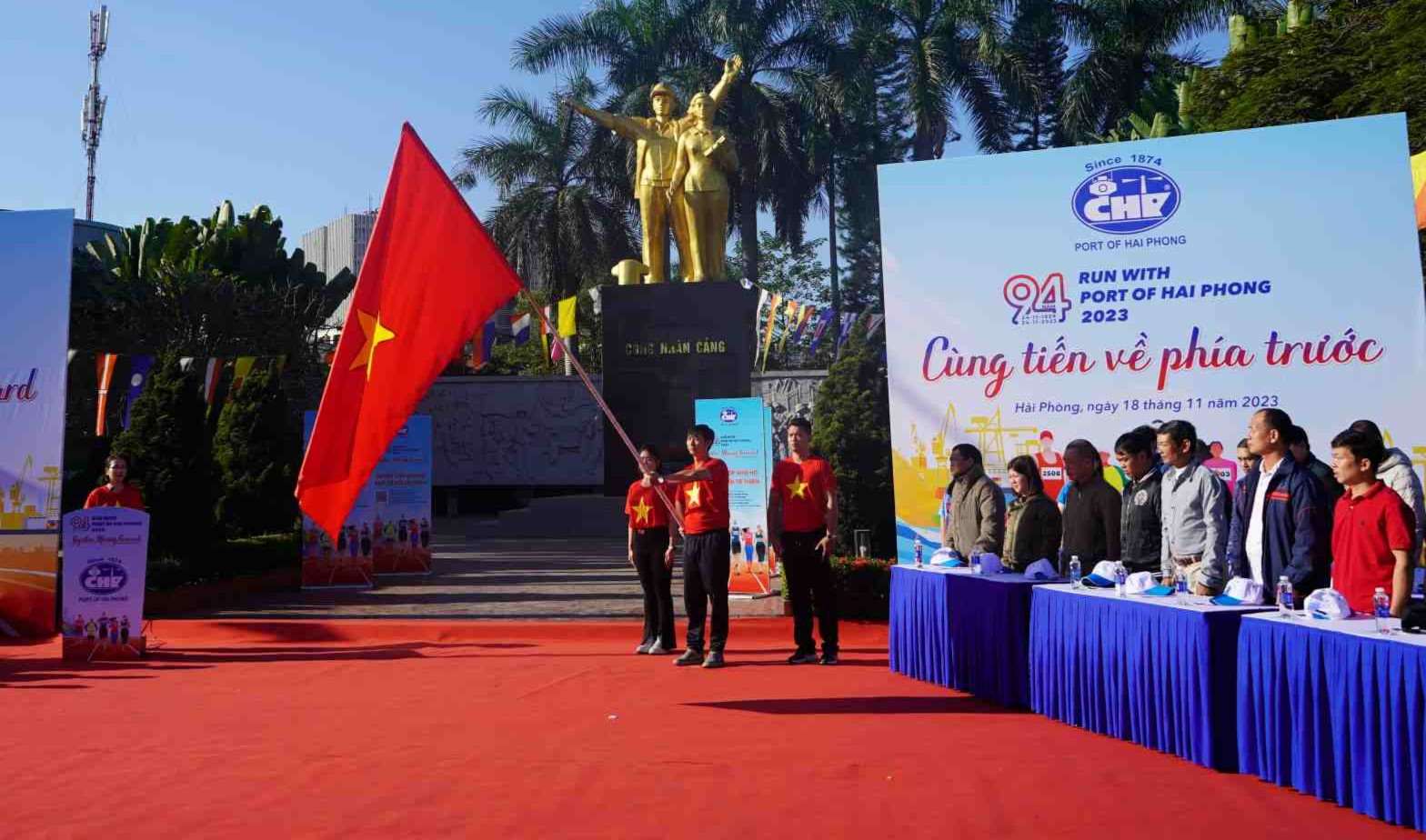
Remembering this historical event, Hai Phong port has built a monument of the Port worker in the premises of Hoang Dieu Port - the first port of the city. The monument was built on the area of 1,300 m2, the height of the monument 10.4 m, of which, the 5.3 m high statue, cast in copper, weighs 23 tons. Along with the statue of a zinc -covered relief, an area of 76 m2, showing the process of protecting and building the port, a traditional history page from November 24, 1929 - the traditional day of Hai Phong port workers. The project was inaugurated on January 1, 2005, becoming a symbol of the tradition of solidarity, resilience and creativity of the generations of Hai Phong port workers so far.
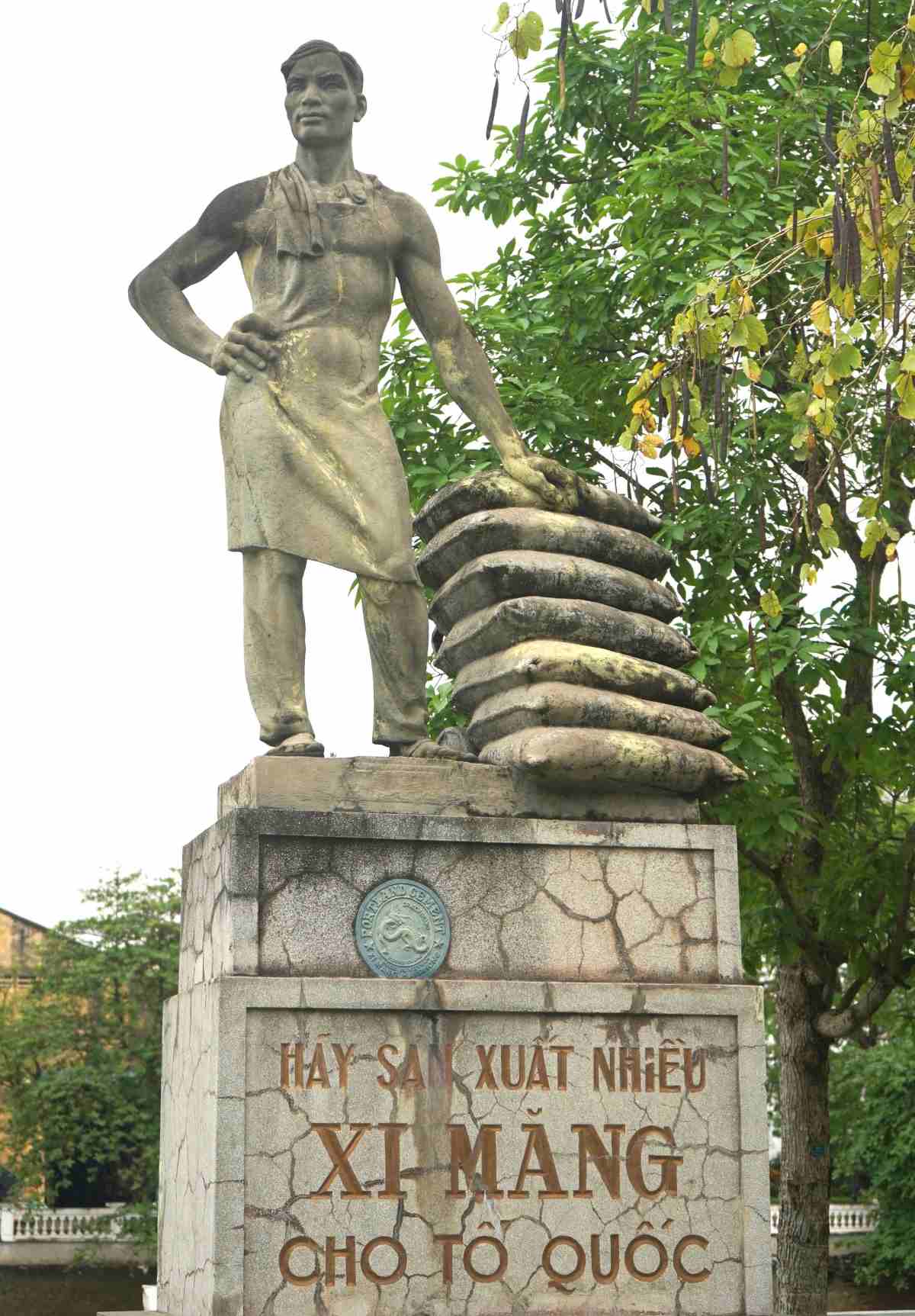
Along with the port workers, Hai Phong cement workers were also born in late 1899, when the first large cement factory in Vietnam and Indochina was started construction. Hai Phong cement workers have become a significant force to participate in the process of formation and development of the Vietnamese working class. This place was once the homeland of the movement to build a socialist labor team, typically the first bird of the small stone nest, a challenge, training, building a team of workers and cradles of the country's cement industry.
In Hai Phong, the Vietnam Cement Museum was inaugurated in 2019, on the occasion of the 120th anniversary of the birth of Vietnam's cement industry. The museum currently displays documents and artifacts in the process of construction and development of Vietnam's cement industry from the French period (1899-1955) - the period of cement workers as slaves and hired laborers until 1955-2019 - the period of sovereignty and worker, socialism, cement workers participating in the cause of national renewal career.
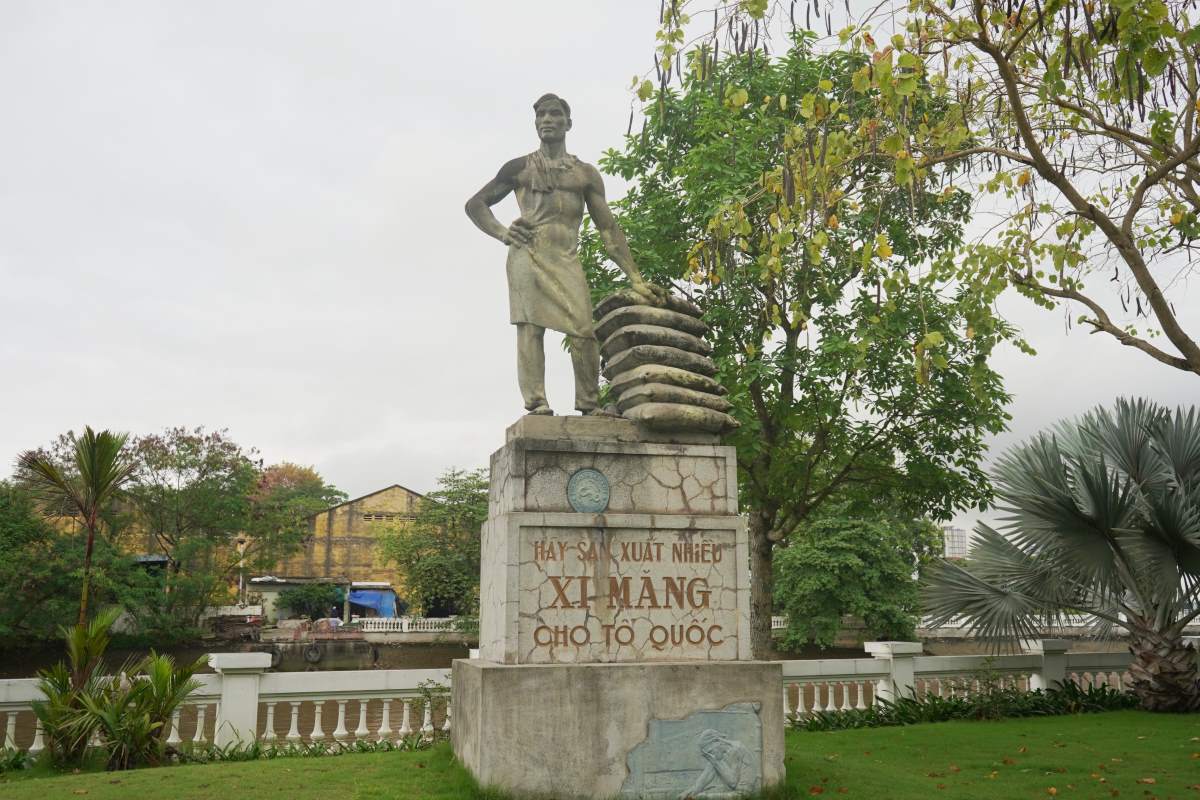
Near the cement museum is a statue of prototype worker Nguyen Duy Chi (1931-2004) - a plow car worker of the crushing workshop. The statue depicts the male worker standing freely, on the platform of the words "Producing a lot of cement for the Fatherland" is the word of President Ho Chi Minh when visiting and talking to workers in 1957. At the foot of the statue is the image of a worker oppressed by the French owner, as a reminder of a misleading time and slave. With valuable materials, Vietnam Cement Museum is recognized by Hai Phong City as a revolutionary historical monument.
